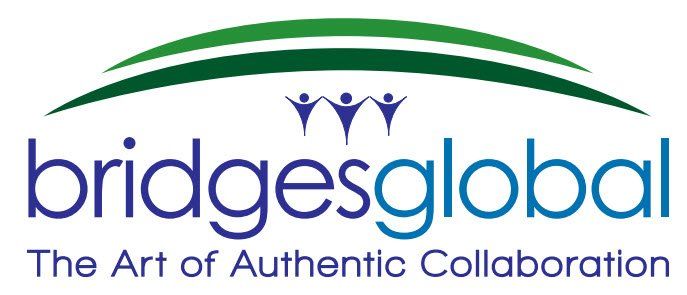Seven Levels of Listening
To appreciate the multifaceted nature of listening, I've developed the "Seven Levels of Listening."

“The deepest listening is presence—it’s consciousness itself.
It is space, an open heart, compassion and a deep receiving of someone.” Thomas Hübl
For self-development, I’ve developed a framework entitled, “Seven Levels of Listening.” This spectrum is cumulative, with one level building to support the next. It highlights listening distinctions that weave into the authentic collaboration bridge framework.
Just as brain surgeons understand the distinctions of the brain, with all its regions and functions, we too can expand our understanding of listening to support the health of our relationships.
In considering these seven levels, we see that listening is not a black-and-white skill. It’s a highly nuanced competency in facilitating authentic collaboration.
1. Distracted
Distracted listening reveals a scattered or unsettled mind. The listener tunes in and out while thinking of a response. The speaker feels distant. What is communicated is only partially received.
2. Background Self-Talk
Rather than fully listen, attention is given to self-talk. Background self-talk includes assumptions, judgment and dualities such as right-wrong, good-bad, agree-disagree, dominate or submit, scarcity-abundance, attack-defend and win-lose. This listening filter takes precedence over what’s said.
3. Heart Presence
By connecting with heart, the listener becomes present, aware and available to lean into what’s communicated. The interaction is held with care. Validating what’s said allows the speaker to be seen and heard. No-fault listening is demonstrated, even if there’s disagreement.
4. Active Listening
The listener slows down the conversation by reflecting back what’s heard for shared understanding. Phrases include, “What I hear you saying is…is that so?” “Did I understand correctly that you meant…”. As interpretations are set aside, the mind becomes open, curious and receptive.
5. Empathetic Listening
By sensing into the speaker’s underlying feelings and needs, the listener understands that people are emotional beings and behavior is an attempt to meet needs. Empathetic listening tunes into the music between the notes or the meaning beyond the words. With empathy, blocks to action dissolve.
6. Emergent Listening
With pauses, emergent listening patiently waits to see what wants to come forward. Since communication is “pregnant with meaning,” listening becomes generative. Something new can be born such as an idea or insight. Non-verbal or meta-messages are honored as in silence, tears or a big exhale.
7. In Service to Life
A reflection practice bridges to the soul. Source is channeled¬—a vast field of consciousness where there is nothing yet everything. As a sacred witness, the listener becomes an empty vessel in service to Life. Self, others and Earth are seen with new eyes. Oneness becomes a felt experience.
TRY THIS: To deepen self-awareness, reflect on these questions:
- Overall, how would you describe your listening?
- With the seven levels of listening, what are your strengths and growing edges?
- What background conversation gets in the way of your listening?
- What are your common listening habits?
- Ask people for feedback on how you listen. What surprises you?
Contact us to further develop your team’s listening skills.




